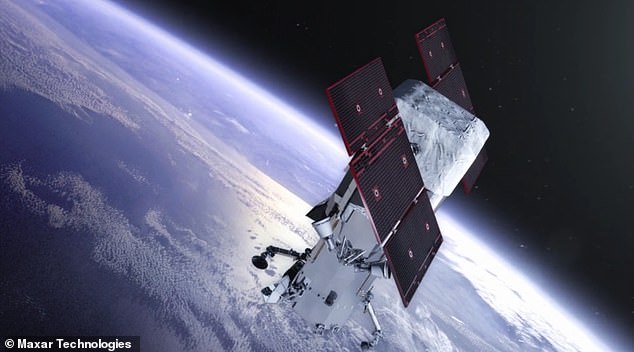Weak elephant populations are currently being followed from space utilizing Earth-perception satellites and a kind of artificial intelligence (AI) called machine learning. As a feature of a worldwide task, scientists are utilizing satellite pictures prepared with computerized algorithms, which are prepared with in excess of 1,000 pictures of elephants to help detect the animals. With AI, the algorithm can tally elephants even on ‘complex geological scenes, for example, those dabbed with trees and bushes.
Scientists state this technique is a promising new apparatus for looking over imperiled natural life and can distinguish creatures with similar exactness as people. The method permits huge regions of land to be checked in minutes, offering an option in contrast to human spectators tallying singular creatures from low-flying planes.
With compelling checking, scientists desire to help balance out and support the number of inhabitants in African elephants (Loxodonta africana), which has dove throughout the only remaining century because of poaching, retaliatory murdering for crop-striking, and natural surroundings fracture.
With somewhere close to just 40,000 and 50,000 elephants left in the wild, the species is recorded as ‘helpless’ on the IUCN Red List of Threatened Species.
‘Precise observing is fundamental in case we’re to save the species,’ said study creator and PC researcher Dr. Olga Isupova at the University of Bath, who made the calculation that empowered the location cycle. ‘We need to know where the creatures are and the number of there are.’
Specialists utilized symbolism taken from satellites created by Maxar, a US space tech firm, including WorldView‐3, which at present circles 372 miles (600km) over the Earth. As it clears across the land, the satellites can gather more than 5,000 km2 of symbolism like clockwork, disposing of the danger of twofold checking.
Where essential – for example, when land is darkened by mists – the cycle can be rehashed the next day, on the satellite’s next unrest of the Earth. ‘This inconspicuous procedure requires no ground presence so the creatures are not upset, and human wellbeing isn’t put in danger during information assortment,’ said Maxar in an explanation.
‘Already out of reach territories become open, and cross-line regions – regularly significant to protection arranging – can be reviewed without the tedious prerequisite of acquiring earthly allows.’
Satellite checking dispenses with the danger of upsetting creatures during information assortment and guarantees people are not harmed in the tallying cycle.
It additionally makes the most of it less complex to creatures moving from country to country, as satellites can circle the planet without agonizing over line controls or struggle zones. At present, the most well-known study method for elephant populaces in savannah conditions is ethereal tallies from monitored airplane.
Nonetheless, onlookers on aeronautical overviews can get depleted, be upset by helpless permeability, and in any case surrender to predisposition. Airborne overviews can likewise be exorbitant and strategically testing.
Albeit this investigation isn’t the first to utilize satellite symbolism and calculations to screen species, it’s the first to dependably screen creatures traveling through a heterogeneous scene – at the end of the day, a background that incorporates regions of open prairie, forest, and fractional inclusion.
‘As you can envision, a heterogeneous scene makes it much difficult to distinguish creatures.’
African elephants were picked in light of the fact that they are the biggest land creature and consequently the most straightforward to spot. Nonetheless, Dr. Isupova is confident that it will before long be conceivable to identify far more modest species from space. ‘Satellite symbolism goal builds each couple of years, and with each expansion, we will have the option to see more modest things in more noteworthy detail,’ she said.
‘Different analysts have figured out how to distinguish dark gooney bird homes against day off no uncertainty the difference of highly contrasting made it simpler, yet that doesn’t change the way that a gooney bird home is one-11th the size of an elephant.’
This sort of tech can possibly uphold protectionists in their predicament to ensure biodiversity and to slow the advancement of the 6th mass termination – the continuous elimination occasion set off by human movement.
‘We need to discover new cutting edge frameworks to help specialists accumulate the information they need to save species under danger,’ said Dr. Isupova.

